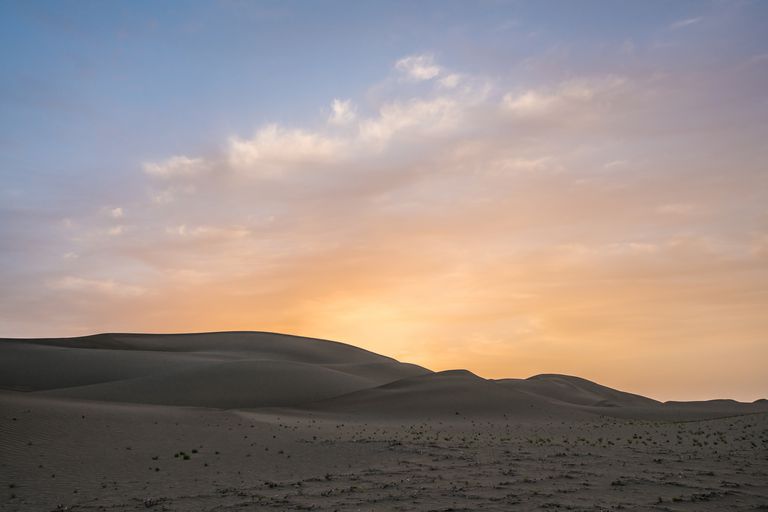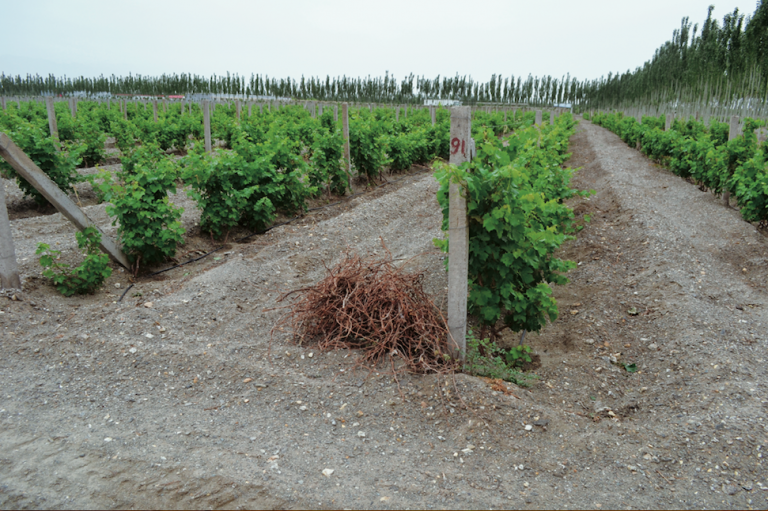Dry and arid climate in xinjiang
3 min readThe most significant feature of Xinjiang ‘s climate is dryness. Because it is dry with low air humidity and little rain cloud, it is usually bright and sunny. Because of dryness, all the heat the sun supplies for the land has been used for heating the ground and air, and thesoil of the ground is dry which can’t evaporate for cooling. Therefore, at daytime in summer the temperature is high, while when it is nighttime, Gobi is incapable of keeping heat and the ground cools and dissipate heat fast, so the temperature drops rapidly leading to a large temperature difference between day and night. Because of dryness, the ground vegetation is thin and when wind starts to blow, dust and sand fly all over. Especially in the deserts and gobi, there is sandstorm frequentl .

The dry weather of Xinjiang is prominently represented by less precipitation. The precipitation of Xinjiang mainly comes from the prevailing westerly of the Atlantic, and then from the cold and wet airflow of the arctic ocean The monsoon of the pacific andIndian Ocean hardly come into Xinjiang. The average annual precipitation of the whole Xin jiang is only 145 mm, accounting for 23 of the average amount (630 mm) in China. In all the other regions in the same latitude all over the world, the annual precipitation of Xinjiang is almost the least. The regular pattern of its precipitation is that, the precipitation in Northern Xinjiang is more than that in Southern Xinjiang, the west more than the east the mountains more than the plains, on the rim of basin more than at the center of basin, and on windward slope. The precipitation of most areas in Northern Xinjiang is only about 200 mm, almost less than half of the annual precipitation in North China. While in Southern Xinjiang, the precipitation is even less, the annua precipitation is less than 100 mm, Inside of Tarim Basin, it is less than 20 mm, In TurpanBasin, averagely it only rains for 11 days within one year and the annual precipitation is only 12.6 mm. Normally, every raining can at most wet the surface of the ground. The annual precipitation near Toksun County in Turpan Basin is only 4 mm. As for the interior of the deserts, sometimes it even never rains in the whole year.

But in Xinjiang there are also places with much more precipitation, mainly di distributing in the mountainous areas of tianshan mountains and the altai mountains where snows more in winter and spring and rains more in summer and autumn, The air is relatively humid and the ground vegetation plentiful. The annual precipitation of Tianshan Mountains is about 500 mm, almost the same as that of North China Plain, including the precipitation near Kunes forest which is up to 800 mm, almost equal to the annual precipitation of Huaihe River Watershed The annual precipitation in these mountainous areas is abundant and relatively stable which provides advantageous conditions for the agricultural irrigation of intermountain basins and mountain front plains and oases.









